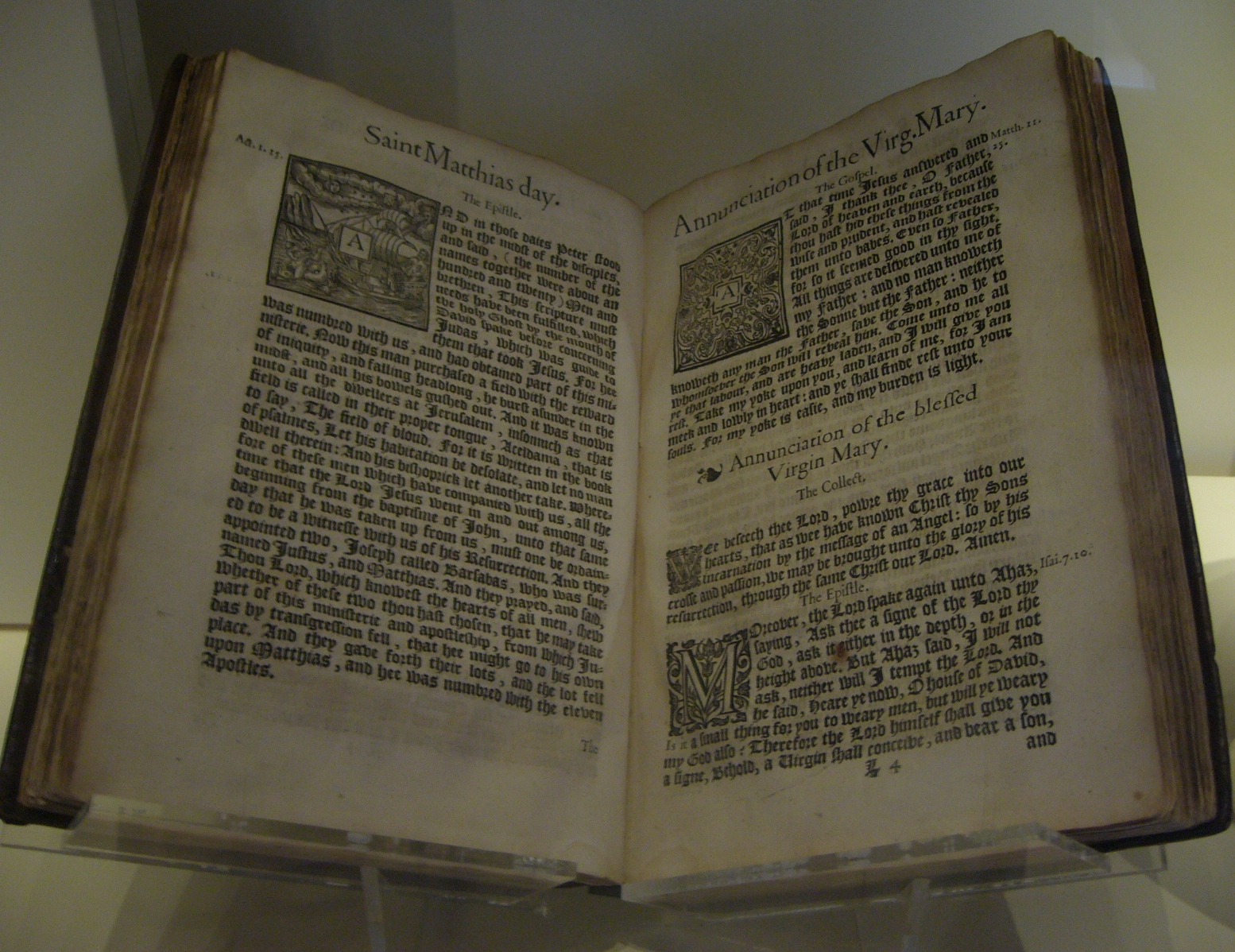

Herbert was still needed, but not so much for reproof in perilous times as for gentle guidance in times of relative calm. George Herbert, first published in 1670 and then revised in 16, does not have Ferrar's austerity nor Oley's urgency: by 1670 the king had been restored, the Anglican church was reestablished as the official religious institution of the country, and-despite inevitable exceptions-there seemed to be a growing respect for the advantages of toleration and accommodation rather than confrontation. Izaak Walton, who wrote the first extensive biography of Herbert, follows the lead of Ferrar and Oley in shaping Herbert's life. In Oley's introduction to Herbert's Remains (1652), containing among other works A Priest to the Temple: Or, The Country Parson, Herbert's prose description of the ideal way a priest would serve his country parish (written during the last years of his life when he was a country parson at Bemerton), Oley pictures Herbert as one who embodies traits that the current age has left behind: a person of charity, a lover of traditional, time-honored worship, church music and ceremonies, and a master of " modest, grave and Christian reproof" Oley's preface is apocalyptic throughout, and he frames Herbert's image in such a way that it may lead midcentury England to holiness and repentance, "Recovery, and Profit."

Herbert seemed to be a fit subject for nostalgia, one who lived and died in peace. holy and heavenly soul" who could instruct a later generation living in much-deserved chastisement and exile. Little wonder, then, that Barnabas Oley, a Royalist divine, envisioned Herbert as a "primitive. In a few short pages Ferrar indelibly sketches Herbert as one who exchanged the advantages of noble birth and worldly preferment for the strains of serving at "Gods Altar," one whose "obedience and conformitie to the Church and the discipline thereof was singularly remarkable," and whose "faithfull discharge" of the holy duties to which he was called "make him justly a companion to the primitive Saints, and a pattern or more for the age he lived in." This is not only high praise, but praise with political as well as religious implications: in 1633 the church was a place of contention as well as worship, and Ferrar helped establish Herbert as a model of harmonious, orderly, noncontroversial devotion for whom faith brought answers and commitment to the social establishment, not divisive questions and social fragmentation.īy 1652, the time of the next major biographical statement about Herbert, the tensions of the 1630s had erupted into a devastating civil war: the army of King Charles I had been decisively defeated, and the king himself executed the bishops had been disenfranchised from their high place in both church and state government and the maintenance of peace depended on a coalition of parties -old and new landowners, merchants, religious enthusiasts, army commanders, and soldiers-with conflicting interests. In the preface to the first edition of The Temple, published in 1633, shortly after Herbert died, his close friend Nicholas Ferrar established the contours of Herbert's exemplary life story, a story that not only validated but was also presumably told in the poems of the volume. Herbert" put forth by the custodians of his literary works and reputation. Much of his early popularity-there were at least 11 editions of The Temple in the 17th century-no doubt owes something to the carefully crafted persona of "holy Mr. Herbert’s poetry, although often formally experimental, is always passionate, searching, and elegant.

Auden, Elizabeth Bishop, Anthony Hecht, and, perhaps Robert Frost-although these later poets are more abstract in their devotion to Herbert than were his 17th-century followers. Herbert's poetry would influence fellow poets such as Henry Vaughan, Richard Crashaw, Thomas Traherne, and then in later centuries Samuel Taylor Coleridge, Ralph Waldo Emerson, Emily Dickinson, Gerard Manley Hopkins, T. Nestled in the age of Shakespeare and Milton is the literary stalwart George Herbert, poet and Church of England clergyman.


 0 kommentar(er)
0 kommentar(er)
